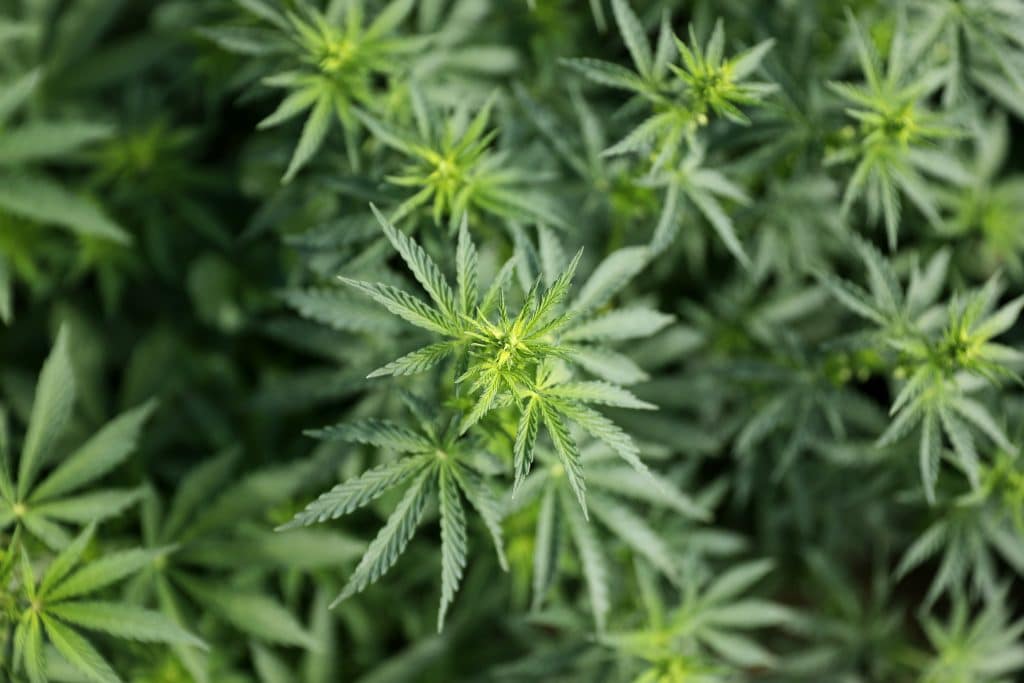As hybrid marijuana strains become more prevalent throughout the cannabis community, it’s important to discuss the anatomy, use, and legality of the most common strains. Though many are familiar with the two marijuana strains, Cannabis sativa and Cannabis indica, it’s crucial to recognize the role of hybrids as well. Read below for a full assessment of the structure and legal status of hybrid marijuana strains in the cannabis industry.
What is a Hybrid Marijuana Strain?
Hybrid marijuana strains are formed by cross-breeding Cannabis sativa and Cannabis indica to create new strains. These strains can be broken down into three categories: sativa-dominant, indica-dominant, and 50/50–or balanced–hybrids. Categorized by their unique ratio of tetrahydrocannabinol (“THC”) and cannabidiol (“CBD”), these hybrids can foster different effects depending on their specific strain lineage.
What is a Controlled Substance?
The Controlled Substances Act (“CSA”) recognizes and regulates controlled substances under federal law. These substances are classified by federally-defined categories or “Schedules.” To organize these Schedules, lawmakers evaluate the substance’s medical use, the potential for abuse, and safety or dependence liability. The federal Schedules are as follows:
- Schedule I: The drug has a high potential for abuse, a lack of accepted safety for use under medical supervision, and is not currently accepted for medical use in the United States.
- Schedule II: The drug has a high potential for abuse, a risk of causing severe psychological or physical dependence, and is currently accepted for medical use in the United States.
- Schedule III: The drug has a low potential for abuse relative to Schedule I and II substances, a risk of causing moderate or low physical or psychological dependence, and is currently accepted for medical use in the United States
- Schedule IV: The drug has a low potential for abuse relative to Schedule III substances, a limited risk of causing physical or psychological dependence relative to Schedule III substances, and is currently accepted for medical use in the United States.
- Schedule V: The drug has a low potential for abuse relative to Schedule IV drugs, a limited risk of causing physical or psychological dependence relative to Schedule IV, and is currently accepted for medical use in the United States.
The US Department of Justice (“DOJ”) and Drug Enforcement Administration (“DEA”) classifies marijuana and cannabis-related substances as Schedule I drugs. Under the CSA, marijuana is categorized as “all parts of the plant Cannabis sativa L., whether growing or not; the seeds thereof; the resin extracted from any part of such plant; and every compound, manufacture, salt, derivative, mixture, or preparation of such plants, its seeds or resin.”
Are Hybrid Marijuana Strains Legal?
Though cannabis is not legal on a federal level, some states have established laws allowing its use for medical or recreational purposes. For example, here in Texas, we have the Texas Compassionate Use Program (“TCUP”). Established in 2015, TCUP allows qualified physicians to prescribe low-THC cannabis to patients with certain medical conditions. While marijuana remains a Schedule I substance federally, individual states have adopted and managed medical and recreational programs.
Business owners and consumers in the cannabis community should familiarize themselves with the use and legality of different marijuana strains. By partnering with trusted cannabis attorneys like Chelsie Spencer, clients gain the counsel necessary to thrive in the hemp, CBD, and cannabis industries. Contact Ritter Spencer Cheng or give us a call at 214.295.5070 for more information.








